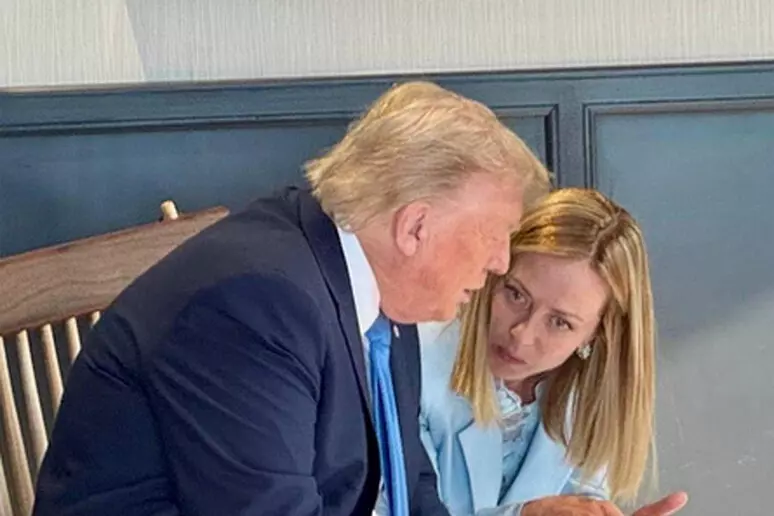President Donald Trump has reignited the trade war, announcing the introduction of a 30% tariff on goods coming from the European Union and Mexico starting August 1st.
The announcement came this morning through a series of letters sent to trade partners and published on the social media platform Truth Social, which Trump owns. In the letter addressed to European Commission President Ursula von der Leyen, the president denounces “an unsustainable trade deficit that is dangerous for our economy and national security.”
“We’ve had years to discuss our trade relations with the European Union, and we’ve concluded that we must put an end to these long-term, large, and persistent trade deficits generated by your tariff and non-tariff policies,” Trump wrote. “If you respond with new tariffs, the selected rate will be added to the 30% we will apply,” he warned, leaving room for a potential escalation.
The tariffs will target a wide range of European industrial and agricultural goods. Trump had already threatened a 50% tariff in early spring, then withdrew it and granted a 90-day truce that expires on August 1st. However, negotiations were never initiated.
Trump stated there would be no tariffs for EU countries or European companies that “choose to build or produce in the United States,” promising expedited permits and simplified procedures. According to the president, this approach “will encourage direct investment in the USA and put an end to decades of imbalance.”
The move against the EU strikes the United States’ main trading partner, from whom the U.S. imported over $553 billion worth of goods in 2022.
But Trump’s letters didn’t stop at Europe. In recent days, the White House also notified new tariffs on Canada, Japan, Brazil, and 20 other countries, with rates ranging from 20% to 50%.
In Mexico’s case, Trump justified the decision by citing “insufficient help” in the fight against drug trafficking and border control. The tone was even more aggressive toward Canada, with the imposition of a 35% tariff, justified by the alleged fentanyl trafficking—despite official data pointing to Mexico as the main source of seized substances.
In his letter to von der Leyen, Trump reiterated that the new tariffs could be “adjusted upward or downward, depending on our relationship with your country.” The message is clear: to avoid tariffs, Europe must fully open its markets to American products, without barriers.
Trump’s return to trade unilateralism—already dubbed “Tariff Act 2.0” by the media—risks triggering new turbulence in global markets. Unlike the April announcement, which caused stock markets to plunge, Wall Street now seems more accustomed. But uncertainty remains high, particularly in the automotive, steel, and agri-food sectors.
The president also hinted that the global base tariff, currently at 10%, could rise to 20% by autumn. “All other countries will pay, whether it’s 20% or 15%. We’re going to fix it now,” Trump told NBC News in an interview.
However, the sudden decision also comes at a highly delicate moment for the White House, torn apart by internal conflicts over the handling of the Epstein case, which could potentially implicate the president himself. Many have speculated that the series of trade letters could be an attempt to distract public opinion from an increasingly explosive scandal. Elon Musk, now in open conflict with Trump after being pushed out of the White House, suggested the aggressive economic moves are meant to divert attention, openly referring to a “tariff blitz to cover up the panic.”
With this theatrical move, the president aims to reinforce his image as a tough leader and defender of the national economy ahead of the midterm elections. But the side effect could be a new wave of retaliatory measures, particularly from the European Union, which is now considering countermeasures.
Tariffs, dossiers, and geopolitics blend in an explosive summer, where every move seems driven more by political survival than by strategy. Trump increases tensions abroad, even as ecological and political crises mount at home. And if the president’s bluff doesn’t hold, the boomerang could hit right at the center of power.









